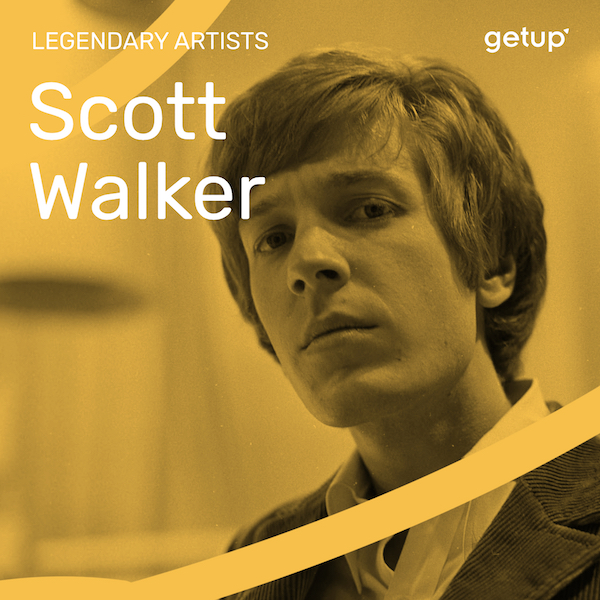It began with a small group of musicians in LA but by the late 1970s Yacht Rock had sailed to the top of the charts.
Americans craved escapism in the mid-1970s. The nation was at war both at home and overseas, the hippies had failed and protests raged. As the rock and psychedelia of the 1960s had appeared as a reaction to the previous decades’ conservatism, soft rock, and in particular yacht rock, would become the soothing balm for the American present.
Defined by its smooth polished production, intricate musicianship and breezy lyrical content, Yacht Rock emerged on the outskirts of Los Angeles in the Laurel Canyon area. A great many musicians had pitched up here in the early 70s following the decline of the hippie movement. One notable resident was Ned Doheny, whose easygoing soft rock was unlike much of the folk music sound coming out of the area at the time. Soon after, tracks like America’s "Horse with no Name", Eagles’ "One of the Nights" and Seals & Croft’s "Summer Breeze" also began to land in the charts. Perhaps the first examples of what would later be defined as Yacht Rock, these smooth, catchy tracks were just what the American listeners needed. Rarely did this music reference popular culture or attempt to stand up for counterculture, as the songs of Jimi Hendrix or Bob Dylan had done before it.
Conjuring up images of the sunshine coast of California, popularity for soft, smooth and romanticised rock before to spread across the country. Helped along by the introduction of FM radios in cars, the genre now represented 25% of all record sales in the US. With that came bigger budgets, better studios and sleeker productions. Then, in 1976 came the string of releases that would really see the yacht rock genre set sail and enter the mainstream.
Hiring the velvet vocal talents of Michael MacDonald, the Doobie Brothers 1976 track "Taking it to the Street" bridged the gap between soft rock and smoother R&B sounds. Aso breaking through that year, Hall & Oates released their slowburner "She’s Gone", a track that had initially been recorded in 1973 but only gained chart success in 1976. Then came Starbuck’s "Moonlight Feels Right" and, shortly after Christopher Cross’s "Sailing" and Steely Dan’s "Aja".
By the late 1970s, yacht rock had come to define mainstream music and, come the 80s, the sound had gone global. TOTO released their fourth album in 1982 to international acclaim and the Doobie Brothers influence could be heard on everything from Hall & Oates "I Can’t Go for That" to The Brothers Johnson "Strawberry Letter 23."
Music nerds remain divided on what exactly makes a track “yacht rock”. It’s helpful if it directly mentions boats, see Christopher Cross’ "Sailing", but more generally it's all about that sleek, comforting sound. Yacht rock showed a newly sensitive group of musicians talking about their feelings, and in the tough world of 70s America, a little emotional escapism was all the people needed.
.jpg)

.jpg)
.jpg)
